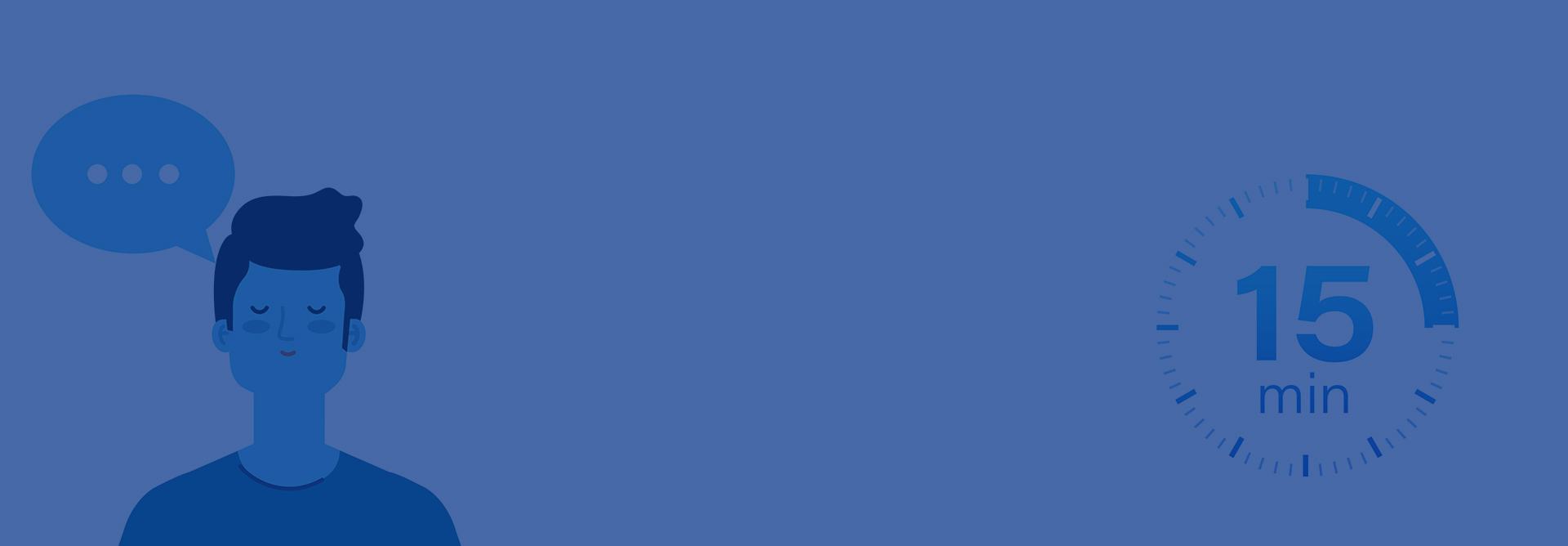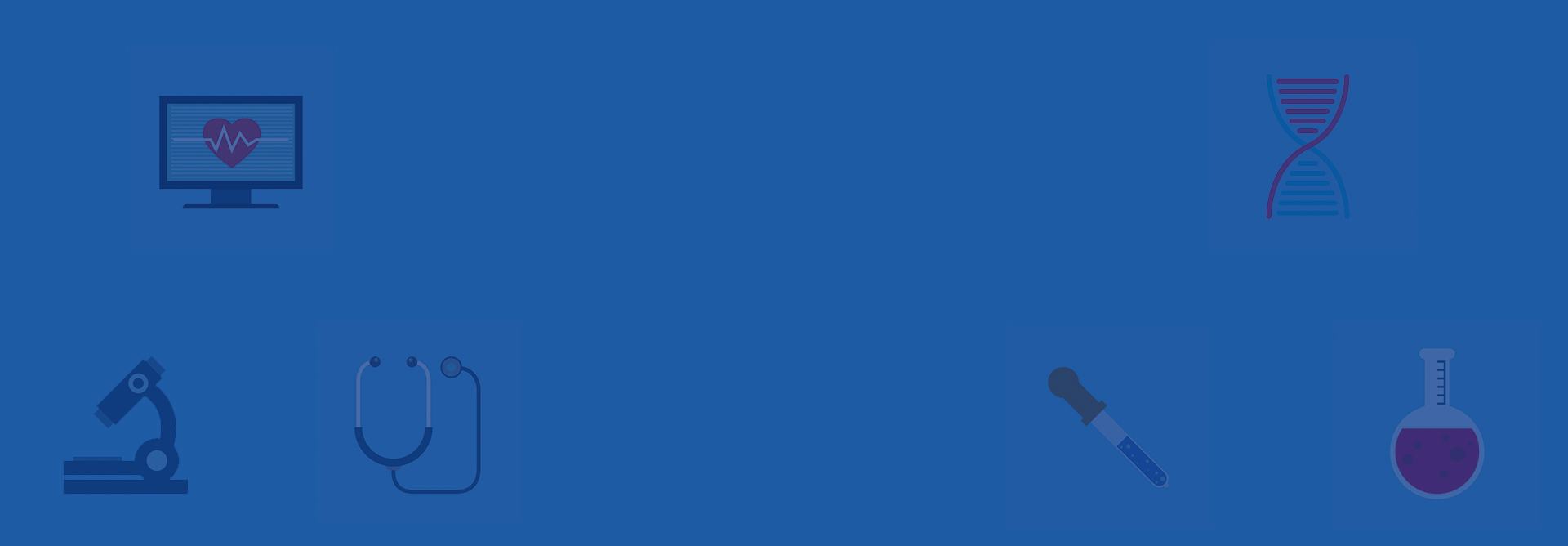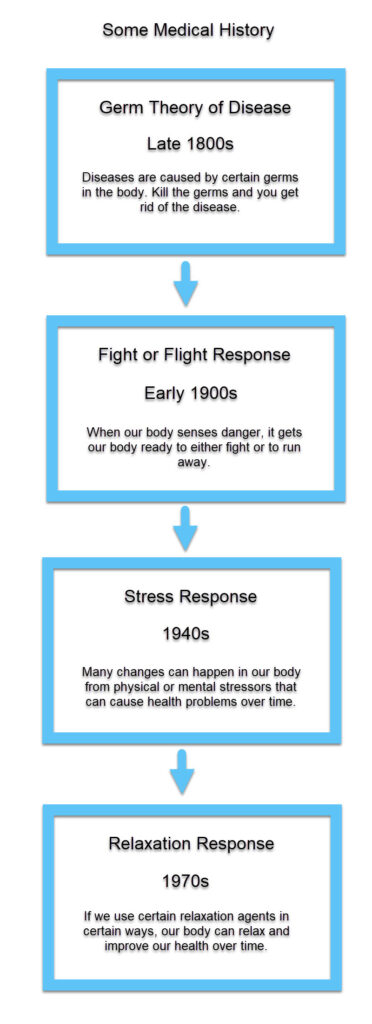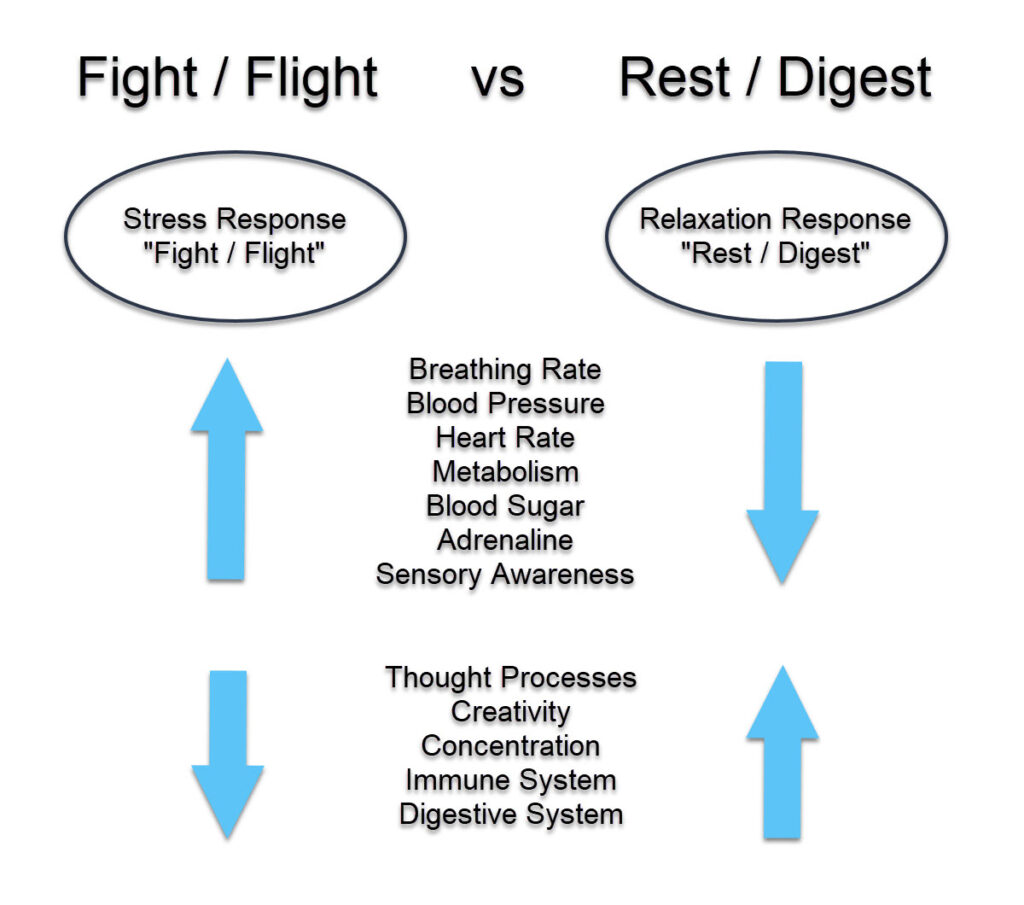
The Relaxation Response Provides a Path
FOR HEALTH & WELL-BEING
Using a Free, Simple, Natural Open Technique for 15-60 Minutes Each Day

Evidence Based
WELL RESEARCHED
Based on Hundreds of Scientific Studies from Leading Research Labs Around the World

It's as Simple as Learning to
RELAX
How Pleasant is That!
One of the Best Kept Secrets for Health and Well-Being
Open techniques are free, natural, easy-to-learn, simple to do, and well-researched!
Use the Relaxation Response for Better Health!Better SleepFewer HeadachesLess Nervous HabitsFewer PhobiasGreater FertilityImproving ArthritisBetter GeneticsBetter MenopauseMore IntelligenceLess Heart PainLess Overall PainLessening AnxietyLower Blood PressureLessening DepressionLessening NauseaRegular HeartbeatsRefreshing Your BodyRefreshing Your MindYour Personal Reset
All these benefits and more are backed by solid scientific research over many decades.
What is a good definition of the Relaxation Response ?
The Relaxation Response is a natural state of deep relaxation throughout our body that improves our wellness by counteracting the stress response. This Relaxation Response comes about from the activation of the part of our nervous system called the parasympathetic nervous system, sometimes referred to as the “rest and digest” system. This is in contrast with the sympathetic nervous system, which is responsible for our “fight or flight” stress response. The Relaxation Response can be brought about by the intentional repetition of an appropriate relaxation agent while maintaining a relaxed mental attitude. The simple technique is free, effective, and easy to learn and do.
The relaxation agent can be a word, a phrase, your breath, or another appropriate agent. With the simple action of repeating the relaxation agent with a passive mental attitude, our body begins to naturally relax. The Relaxation Response is naturally built into our bodies and can sometimes feel very deep and profound. Repeatedly bringing about the Relaxation Response can bring about many scientifically validated long term health benefits.
Simplest Technique
For most people, when they use this technique with an appropriate relaxation agent, the result is a relaxed and peaceful feeling. They also usually feel refreshed after it is over and then have more energy for the rest of the day. Sometimes this technique also allows people to more easily fall asleep if they are very tired or stressed. Health benefits usually come over time as a result of the regular practice of the technique.
The Big Picture
For the big picture about the Relaxation Response, we need to review some of the history of medicine. In the later 1800s, the germ theory of disease was used to explain how diseases might occur. This theory explained many serious diseases like rabies and cholera. The germ theory of disease says that certain diseases are caused by certain germs in the body. The idea is to get rid of the unhealthy germs to get rid of the disease. The germ theory was useful to explain and help find cures for many diseases, but it did not address all diseases that we face.
In the early 1900s, scientists began to study stress in the body. The scientist Walter B. Cannon came up with the idea of the “fight or flight” response. This response comes about when we sense that we are in danger. Our body then increases muscle tension and certain chemicals and makes other changes in our body. These changes are so that we can be ready to fight or run away from the danger.
Starting in the 1940s, these ideas were refined by the scientist Hans Selye. Dr. Selye found even more changes in our body when it is stressed. He grouped all of these changes together and called these changes the “stress response”. The stress can be caused by things that are in or around our body or from just how we think about these things. More research has shown that when we have this stress response over a long time period, it can make us unhealthy. Also, even a few periods of intense stress can cause problems, for example with PTSD.


Comparing Responses
Our stress response causes our bodies to prepare to be more active. Our heart rate and blood pressure go up. Our digestion slows down. We have more blood flow to our arms and legs. Certain hormones are increased. Our body is trying to protect us from what we think might be a danger.
On the other hand, our Relaxation Response causes our bodies to relax. Our heart rate and blood pressure go down. Our digestion becomes more active. Our blood flows more in our core body instead of our arms and legs. Certain hormones are decreased. Our body is trying to help us relax and heal.
